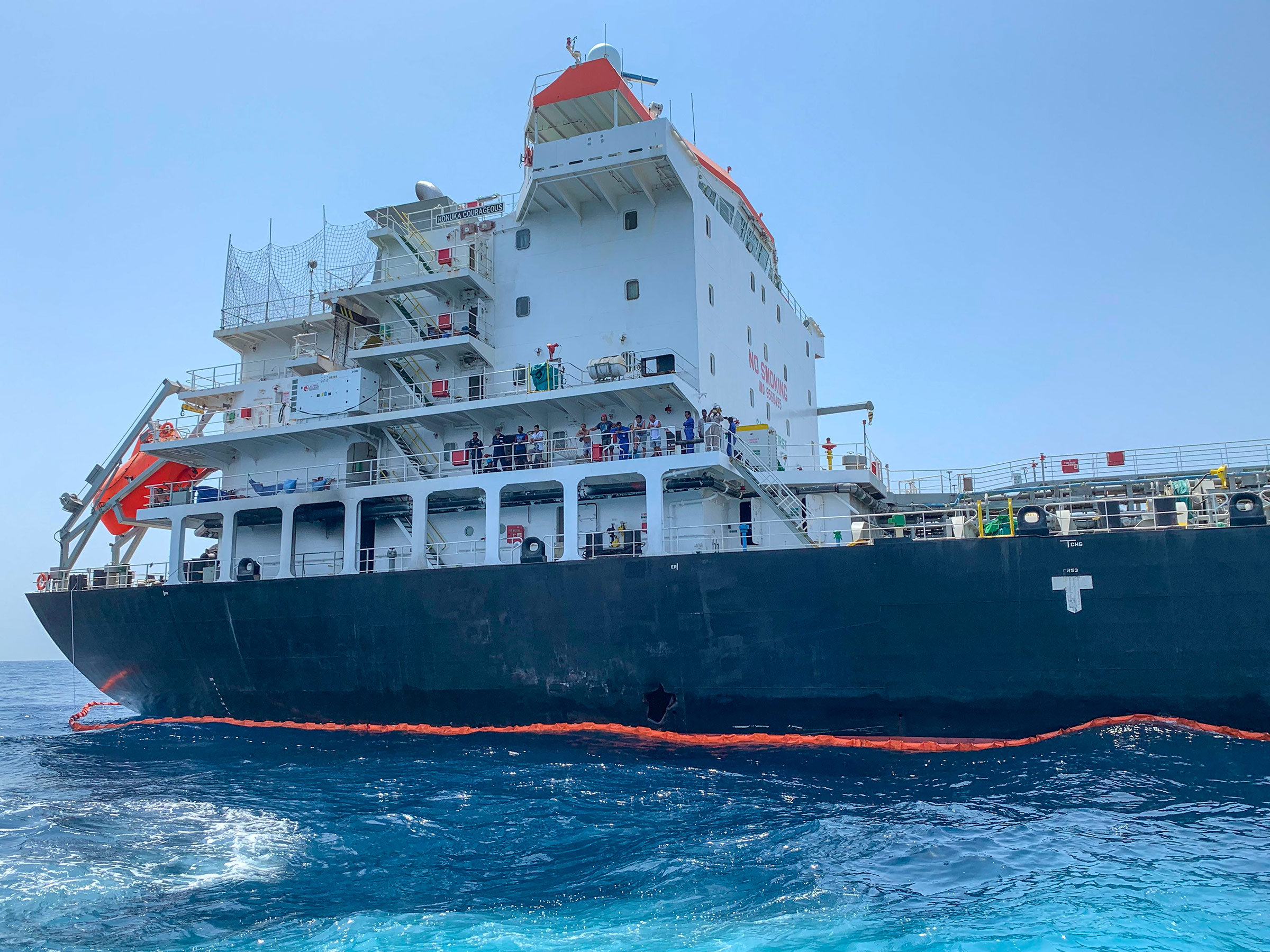
Now that both Iran and the United States have announced what they do not want–war–the search is on for what they do. That’s always been easier to answer from Tehran’s side. The Islamic Republic of Iran was founded in frank and vociferous opposition to the U.S. It’s a binary republic. For: Islam, as defined by its patently political mullahs.
Against: Washington, which deposed Iran’s last freely elected leader, then kept on meddling. Iran is also against Israel, the only non-Muslim nation in the region, but it’s more gratifying to face off against the U.S., often referred to in official statements as “global arrogance” (and sometimes just “arrogance”).
The U.S. has been delighted to respond in kind. Its enmity toward Iran has survived the Cold War’s end, the rise of China and 9/11, albeit narrowly. Washington and Tehran actually worked together to fight the Taliban in Afghanistan. But then George W. Bush included Iran in his “axis of evil” and quixotically invaded Iraq–empowering Iran by toppling its longtime nemesis and leaving it the dominant player in Baghdad.
Today Iran stands at the epicenter of the Middle East, despite a deeply dysfunctional economy and restive population. The Iranian people’s failed uprising in 2009, over a stolen election, effectively inoculated Iran’s leadership from the Arab Spring revolutions that instead created opportunities for the country around the region. In Syria, with the help of Russia, the Islamic Republic prevailed against proxies of the petro-monarchies who refer to the Persian Gulf as the Arabian Gulf. From Yemen, its Houthi allies lob missiles into one of them, Saudi Arabia, mortifying the crown prince, who told TIME last year that “whatever happens, the Saudi people shouldn’t feel it.” And now Donald Trump has come courting.
What we are hearing are not the drums of war but more of a fanfare. “I’d much rather talk,” Trump has replied, when asked if war with Tehran is on the horizon. The President sees himself as a master negotiator. He ran against the “bad deal” that Barack Obama had cut–the pact by which Iran discarded almost all of its nuclear program, in exchange for relief from one of the most effective sanctions programs the world had ever come together to enforce. Galvanizing that effort was Iran’s progress toward enough fissile material to make an atomic bomb, and Israel’s credible threats to launch airstrikes against Iran’s facilities before it got one. It was a group effort.
The dynamic this time is different. Trump alone has imposed sanctions in hopes of coercing the Iranians into new talks. But there are problems. One is that the old pact still exists. China, Russia and the E.U. also signed it and, because it’s working, want to keep it. Problem two is that there’s no longer any imminent threat of military action against Iran–not even when Iran looks like it’s trying to provoke one. Since May 12, a half-dozen oil tankers have been punctured by explosions, and on June 13 an Iranian military vessel was photographed retrieving a mine that had failed to detonate. One of the burning vessels was Japanese. As it happened, that same day Japanese Prime Minister Shinzo Abe was in Tehran delivering a message to Iran’s Supreme Leader, Ayatullah Ali Khamenei, from Trump.
“I do not see Trump as worthy of any message exchange,” Khamenei replied. “And I do not have any reply for him, now or in the future.”
Instead, four days later, Iran spoke to the rest of the world, declaring it would violate the nuclear pact. The announcement–giving 10 days’ notice before Iran exceeded limits on enriching uranium–was clearly intended to stir European nations to defy the U.S. sanctions and find a way to keep trading through barter. If that happened, Iran signaled, it would continue to stick to the pact.
Which, after all, has been working precisely as planned. Trump says the plan is the problem–that the pact lets Iran resume its nuclear program in part in 2026 and entirely in 2031. That is indeed a dilemma, though one reasonably faced in, say, 2025. Meanwhile, Tehran clearly has its eye on 2020, which may produce a U.S. President who does not create unnecessary crises, or raise the question now at hand:
Is Trump driven by the desire to make the world safer? Or by an appetite for vainglory–“I alone can fix it”–that, for example, hasn’t made Kim Jong Un’s North Korea any less of a threat?
More Must-Reads from TIME
- Cybersecurity Experts Are Sounding the Alarm on DOGE
- Meet the 2025 Women of the Year
- The Harsh Truth About Disability Inclusion
- Why Do More Young Adults Have Cancer?
- Colman Domingo Leads With Radical Love
- How to Get Better at Doing Things Alone
- Michelle Zauner Stares Down the Darkness
Contact us at letters@time.com